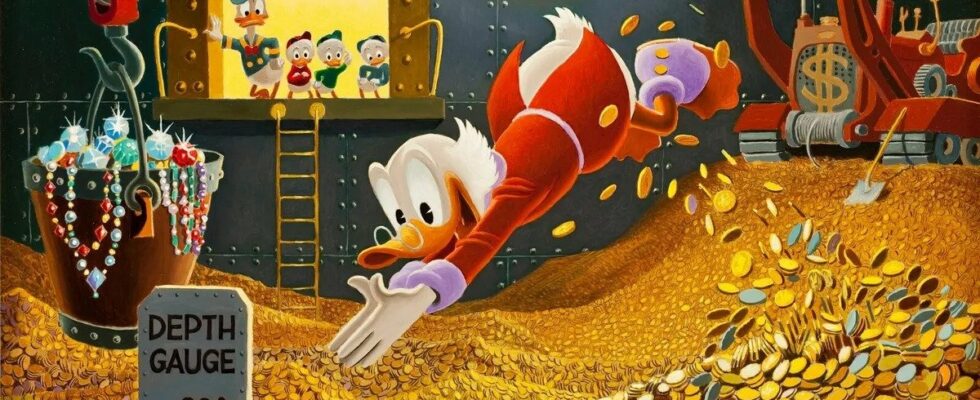Two years ago, Midjourney boasted that it could imitate the style of 4,700 artists.
Will 2024 be the year when generative AI will be caught up by rights holders who have nurtured their intelligence? A few days after the announcement of a historic lawsuit between the New York Times and OpenAI ChatGPT, it is Midjourney’s image generation that is making the headlines for another lawsuit. The latter sees Stability AI, known for generating Stable Diffusion images, and Sarah Andersen, comic book author, opposing each other. Other authors have since joined his legal fight, in which Midjourney also found itself involved.
And for good reason, a damning discussion has come to light concerning the creation of Midjourney.
The style of 4700 artists
In the complaint document, the plaintiffs explain that they found discussions on Discord between Midjourney developers which highlight large-scale plagiarism of generative AI. We can read in these Discord messages, still online at the time of writing, the CEO of Midjourney David Holz extolling the merits of its AI and its ability to imitate the style of artists : “I think you’re all going to be blown away by this style feature…we were very liberal in building the dictionary…there are basic genres, punks and artist names…everything we could in it put… I have to be clear, it’s not just genres, it’s also artist names… it’s mostly artist names… 4,000 artist names“. During this discussion, he shared a Google document listing 4,700 artists which can now be found in a PDF file serving as evidence at trial.

With 4,700 artist names, the database is very large. There we find American authors like Carl Barks, designer of the character of Balthazar Scrooge (Scrooge McDuck), but also European authors like Boulet or Uderzo and stars of drawing in Asia like Akira Toriyama or Clamp (Card Captor Sakura). You obviously also have more classic artists like Pablo Picasso or cinema personalities like Brad Bird (The Iron Giant, Ratatouille, The Incredibles). This Google document still exists, but is now inaccessible without permission.
The question of sources
But be careful, this is indeed a list of artists that Midjourney wishes to be able to imitate. However, the key to the subject is not so much in the creation of imitations, but in the use of the original works to train the AI engine. It is on this subject that the trial will have to decide. The plaintiffs point, for example, to the LAION-400M database with which Midjourney and Stable Diffusion were trained. The list of 4,700 artists, although it can easily shock people on social networks, does not in itself seem to constitute an admission of plagiarism on the part of the Midjourney developers. For the plaintiffs, the objective will be to demonstrate that in order to succeed in imitating these 4000 artists’ styles, Midjourney consumed their works without their authorization.
If generative AI already seems to be well established in uses in just a few months, the legal framework around its use is still under construction. At the end of 2023, the German media group Axel Springer (Politico, Business Insider) signed a contract with OpenAI to allow ChatGPT to use its content. The European Union has already started to tackle the subject of AI regulation.
